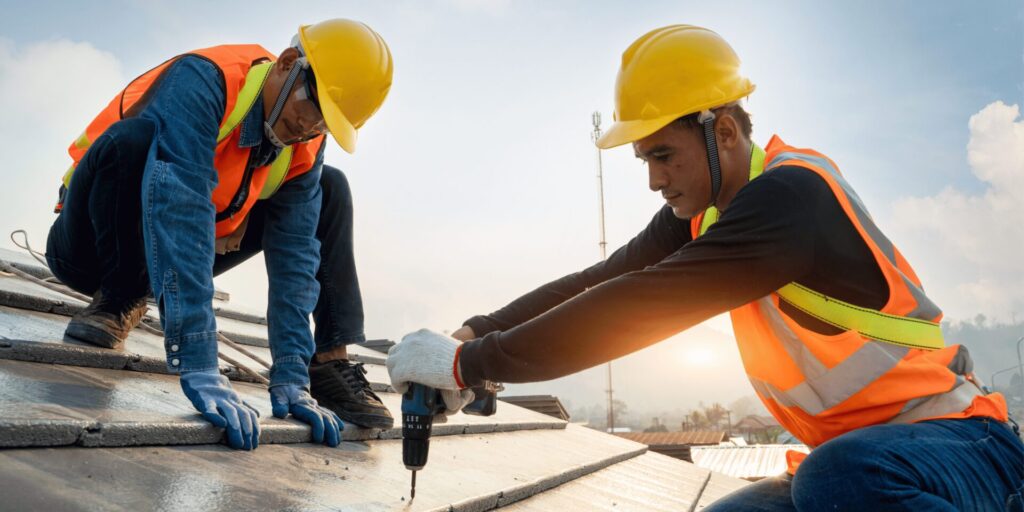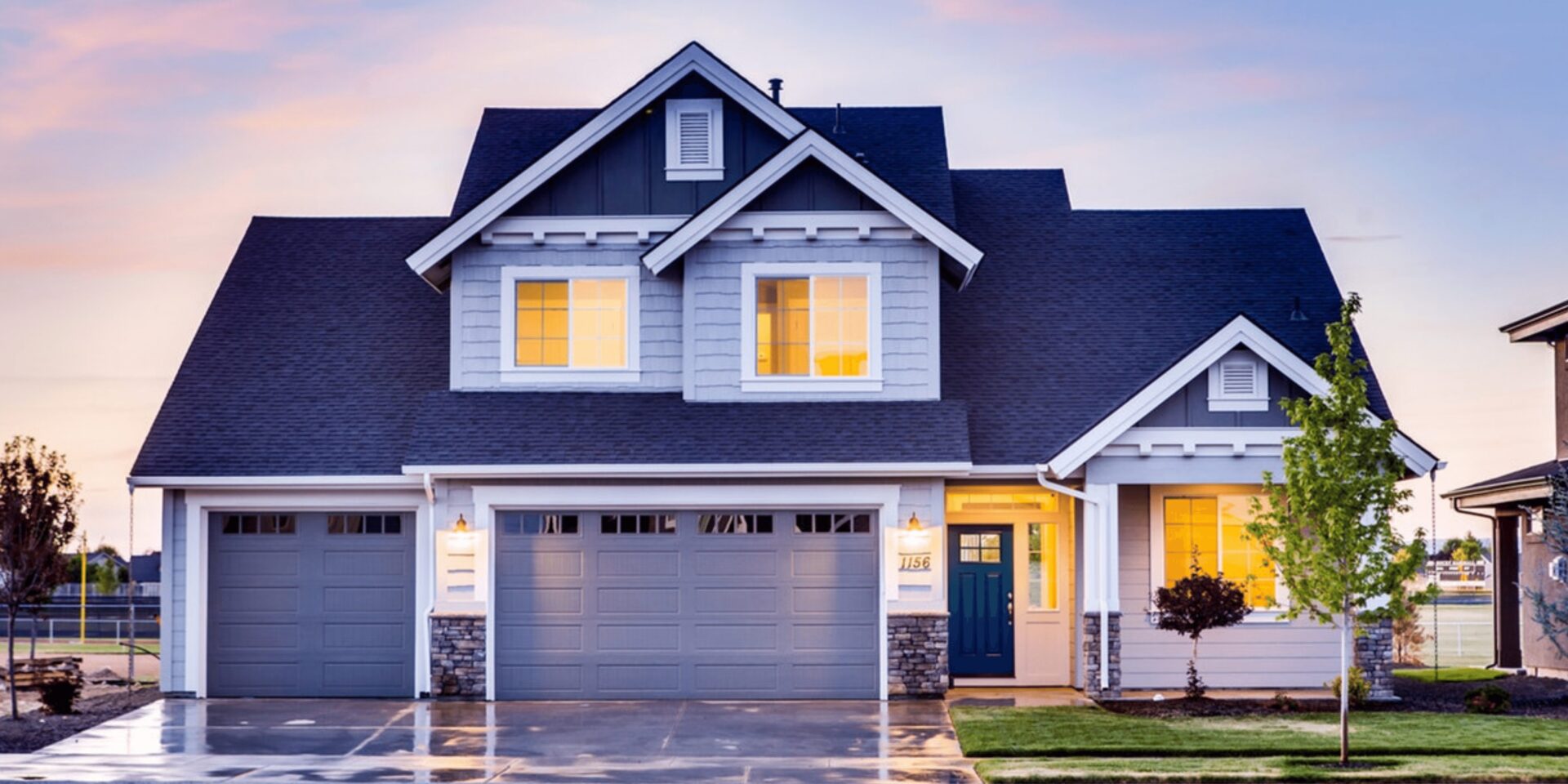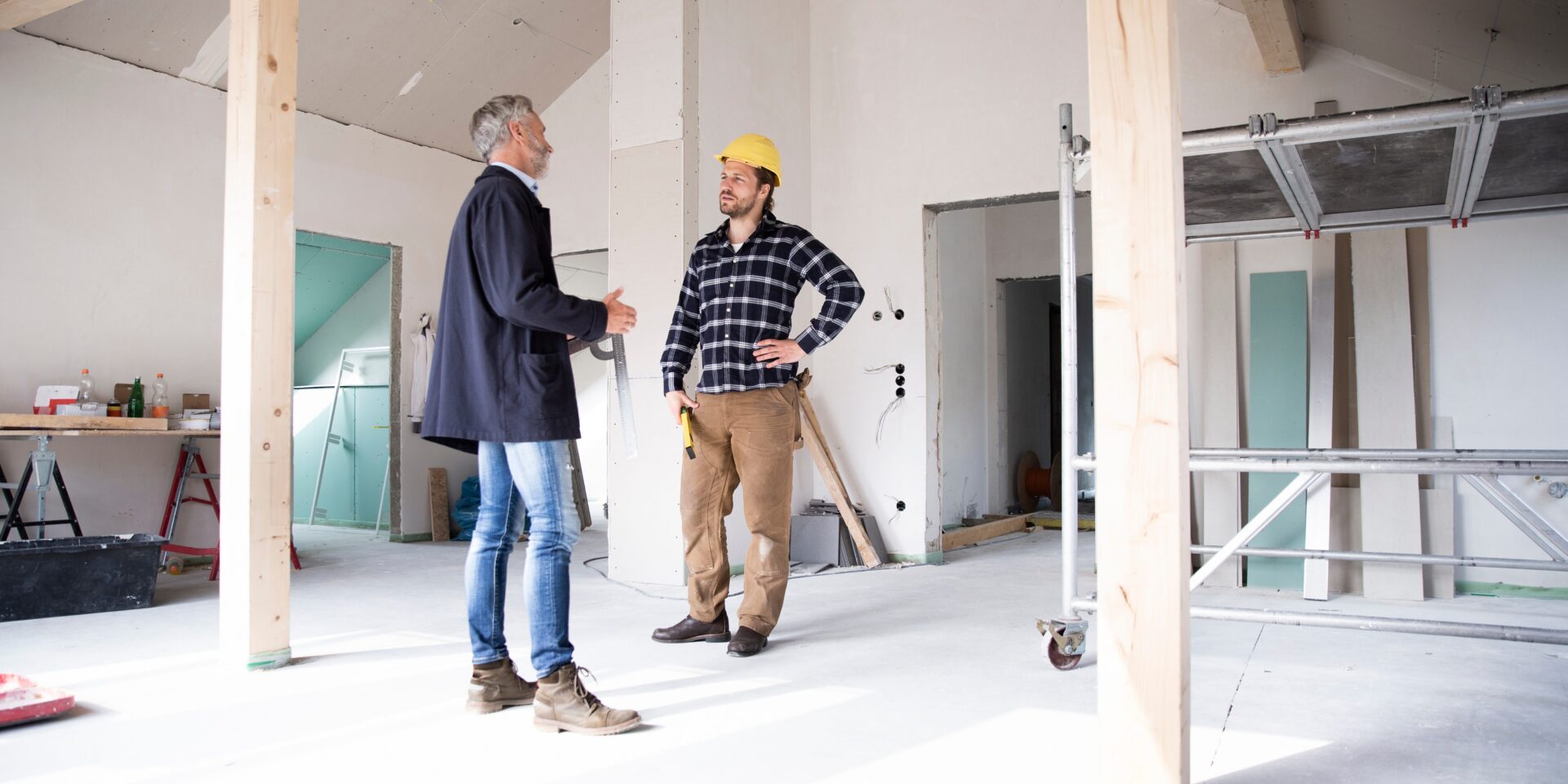Leveraging the 45L Tax Credit with LIHTC
Overview The Low-Income Housing Tax Credit (LIHTC) was introduced in 1986 and has been by far the...

The Internal Revenue Service Section 179D Energy Efficient Commercial Building Deduction was enacted as part of the Energy Policy Act of 2005. In 2020, the Taxpayer Certainty and Disaster Relief Act was passed, making the 179D deduction permanent and incentivizing energy efficiency implementation. Several eligible parties are considered for the deduction, beginning with commercial building owners, and extending to designers. If you have any questions for our experts, schedule a call!
On August 16, 2022, the Inflation Reduction Act was signed into law. With its enactment, ten tax benefits were affected by the prevailing wage and apprenticeship requirements set forth in the new guidance; the New Energy Efficient Home Credit (45L) and the Energy Efficient Commercial Building Deduction (179D) included. Formerly, the deduction was available to commercial building owners and designers (defined by the Internal Revenue Service as architects, engineers, etc.). With the introduction of the Inflation Reduction Act, Indian Tribal Governments, Alaska Native Corporations and Tax – Exempt Entities have been added as viable allocating entities.
The Inflation Reduction Act has increased the credit amount available for the New Energy Efficient Home Credit (45L) and has increased the value of the Energy Efficient Commercial Building Deduction (179D). Formerly, the 179D deduction could range from a minimum of $0.60 to a maximum of $1.80 per square foot. With the implementation of the Inflation Reduction Act, for tax years 2023 and forward, the available deduction range is $1.00 to a maximum of $5.00 per square foot (on a sliding scale). As qualified and quantified before, the value identified relies on the work performed on the three specific systems of a building: interior lighting, building envelope, and HVAC and hot water.
With the additional value available, new guidelines were set into effect that must be met to qualify for the highest available deduction amount. Prevailing wage requirements were implemented for both 45L and 179D, and apprenticeship requirements were added, in conjunction, for 179D.

The Internal Revenue Service has released prevailing wage rates on sam.gov which outlines the rate requirements for each journeyman that is contracted for a project’s completion. The prevailing wage requirements given are specifically for projects completed in 2023 and forward, for the 179D deduction and the 45L credit. Projects completed in the year 2022 and prior will fall into the former qualification rates ($0.60 to $1.80 per square foot). That said, there are a few instances where a project completed in the year 2023 may qualify for the newly released deduction value ($1.00 to $5.00 per square foot) without meeting the prevailing wage and apprenticeship requirement. This will be explained in further depth in the next article release. This evaluation is completed on a case-by-case basis so review by one of our specialists is needed to determine if your project qualifies!
Alongside prevailing wage requirements, the Inflation Reduction Act mandates that apprenticeships must be included for 179D in the laborers contracted on the projects being completed. Specifically, for every four journeymen on the project at least one or more apprentices are needed. There are federal and state agencies, depending on the state where the project is located, that are available for inquiries regarding an apprentice available.
To conclude, the Inflation Reduction Act has included Tax-Exempt Entities, Indian Tribal Governments, Alaska Naïve Corporations as allocating entities, joining the government owned entities and commercial building owners. The implementation of the Act affected ten tax incentives total, including the New Energy Efficient Home Credit (45L) and the Energy Efficient Commercial Building Deduction (179D). The Inflation Reduction Act has increased qualifying available deduction amounts from the previous minimum of $0.60 to a maximum of $1.80 per square foot, to the new 2023 available deduction amounts of $1.00 to a maximum of $5.00 per square foot. Both the New Energy Efficient Home Credit (45L) and the Energy Efficient Commercial Building Deduction (179D) have new regulations mandating prevailing wages for 2023 and future projects. In addition, apprenticeship was added to the prevailing wage requirements for the Energy Efficient Commercial Building Deduction (179D).
Explore our latest insights
See more arrow_forward
Overview The Low-Income Housing Tax Credit (LIHTC) was introduced in 1986 and has been by far the...

The US R&D Tax Credit has emerged as a game-changer, offering substantial benefits to fuel th...

Overview In the wake of the AI boom, sparked by pioneers like Geoffrey Hinton, Yoshua Bengio, and...

Overview Energy Star Certification for homes was established in 1996. With changes to the 45L tax...